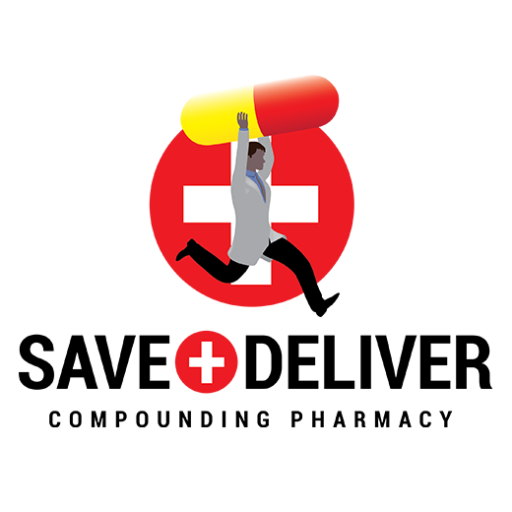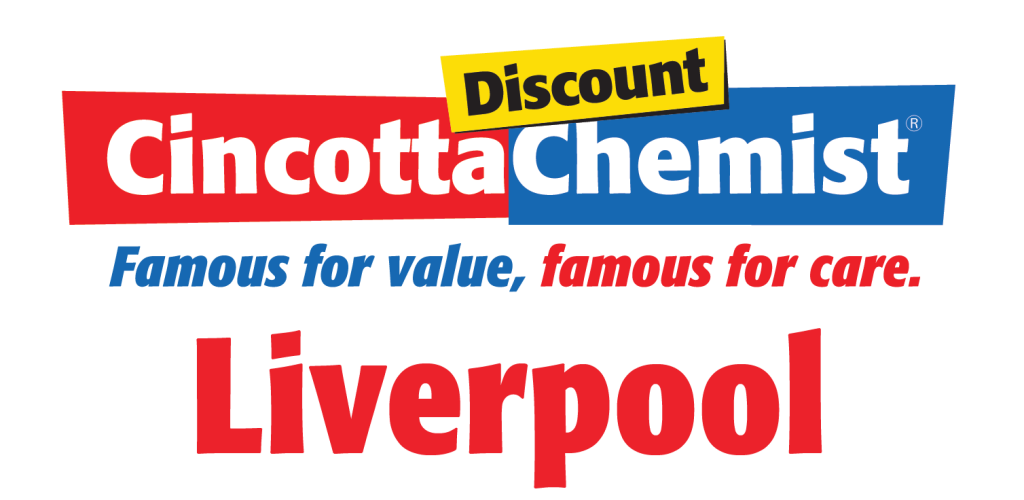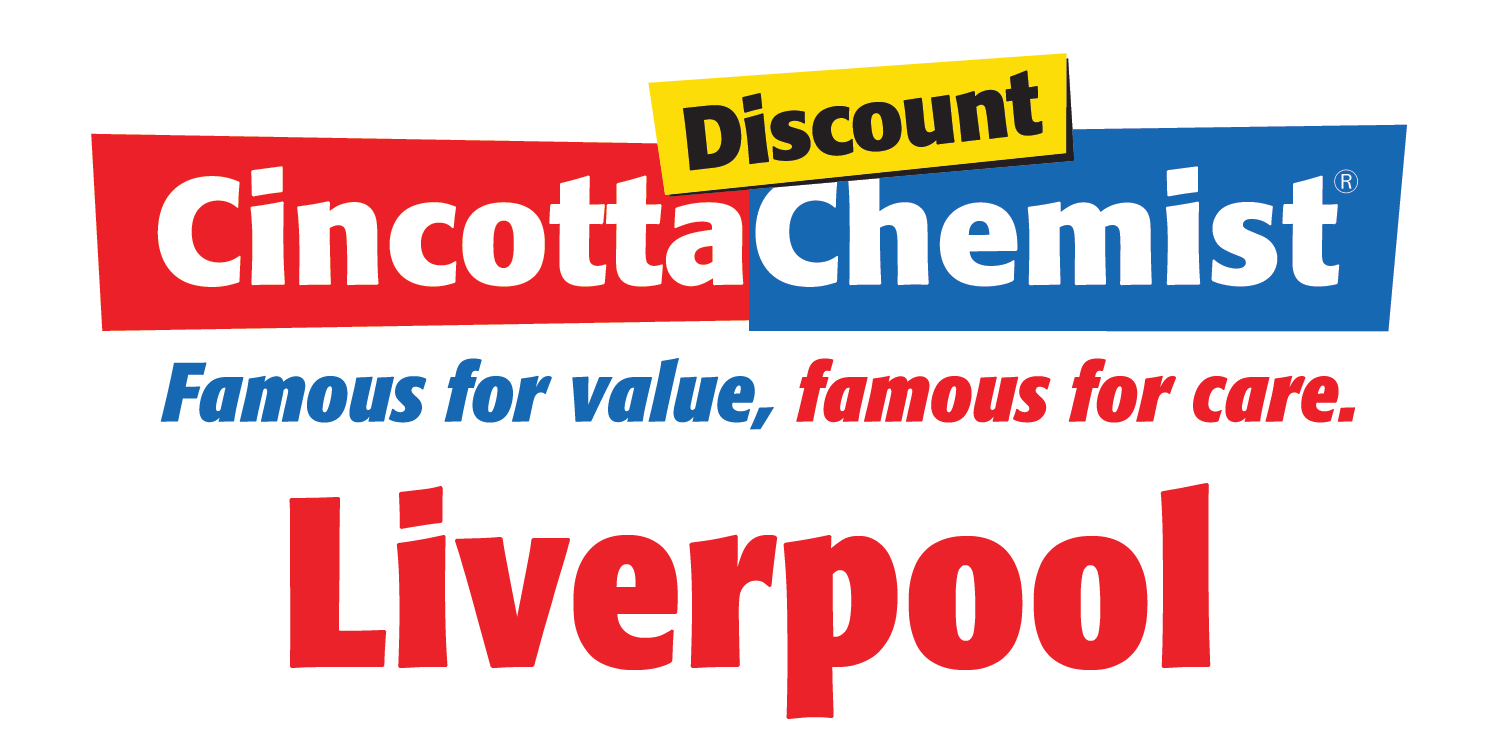Why Nursing and Residential Care Facilities are Important
Residential care facilities are increasingly growing relevant in the current scenario, leading to enhanced demand for nursing and residential care homes and other types of aged care facilities. The facts and figures are startling- A whopping 10,000 citizens reach the age of 65 per day in the U.S. alone, as per CNBC reports. This is a common phenomenon worldwide, and many individuals and families start thinking about facilities they may require with the onset of age. These may include nursing care, residential healthcare provisions, assisted living, board homes, home care solutions, and more. In this context, the importance of nursing and residential care is unparalleled.
Nursing and residential care facilities- Responsibilities of Administrators
When it comes to nursing and residential care homes, they offer a diverse line-up of unique and health solutions for those with mental and physical conditions, those requiring assistance, and those who are aging. In many cases, such patients do not need hospital care on a full-time basis. However, they require physical movement, completing tasks, meals, medication, and other healthcare services. This nursing and aged care facilities are vital since they offer a better quality of life for rapidly aging seniors or have specific ailments. MHA (Master of Health Administration) professionals usually fill up management-level positions as assisted living or nursing homes administrators.
Administrators supervise nursing facility management while ensuring that residential care homes for elderly citizens have the best medical and personal care. They coordinate between various departments while preparing and maintaining the budget for the facility. Residents can easily reside in and shift between assisted living flats, independent housing, and nursing homes, depending upon their specific care requirements. The overwhelming demand for these facilities is that local care homes near me are among the top search terms worldwide! Administrators at assisted living units have responsibility for general functions, including new resident admission, liaising between family members and residents, hiring staff members, and supervising budgets for daily operations. Yet, they may contribute only a part of the overall budget if they are within the fold of a CCRC or continuing care retirement community.
Nursing and Residential Care Facilities- Various Types
While these facilities cover various needs from personal mobility to care home residents going out and completing their daily tasks to medication and doctor visits, they have several types and categories. These include the following:
- Nursing Homes offers diverse medical, healthcare, and personal solutions like planned meals, 24-hour supervision, mobility problems, rehabilitation, speech or physical therapy, and more. These are also called skilled nursing facilities, and they offer medical care to those who have also been released from the hospital but cannot shift back to their homes. In addition, those with chronic health ailments like dementia may also reside in these units for getting much-needed healthcare and support.
- Assisted Living Facilities- These aged care facilities are suitable for those who do not need as much support as nursing homes. They provide supervisory assistance with meals, medication, and social participation. Yet, residents have greater freedom than in a regular nursing home while residing in separate rooms or apartment units.
- CCRC (Continuing Care Retirement Communities) offers various facilities under one roof to meet diverse needs. They are tailored to provide dynamic care and evolve as per resident requirements. As a result, residents do not have to shift to various facilities from time to time if they get into a CCRC. Instead, they may shift between assisted living units, independent homes, and nursing homes based on their care requirements.
- Board & Care Homes- Also called group homes, these facilities have 20 residents or even less in general. They do not offer any medical or nursing care but help with daily personal care needs, including managing medication, bathing, dressing, going out, etc. Thus, they are more home-like options for residents.
Care that emphasizes upon residents
Graduates of MHA are steadily bringing about a significant improvement in nursing and residential care solutions and quality of care. Organizational cultures are swiftly changing across nursing homes while healthcare settings emphasize residents’ personalized requirements more than institutional aspects. This frees up more options for residents, focusing more on an individual’s independence than facility-based policies and schedules. Studies have previously shown how health outcomes positively transformed residents in nursing homes, with greater emphasis on care being shifted to them. Care workers were also given the freedom to suggest protocols, processes, and environmental changes in this regard.
With a significant percentage of the world’s population continuing to age, demand will go up exponentially for quality residential care facilities and similar solutions in the future. As a result, employment prospects for skilled professionals also look bright in this field.



